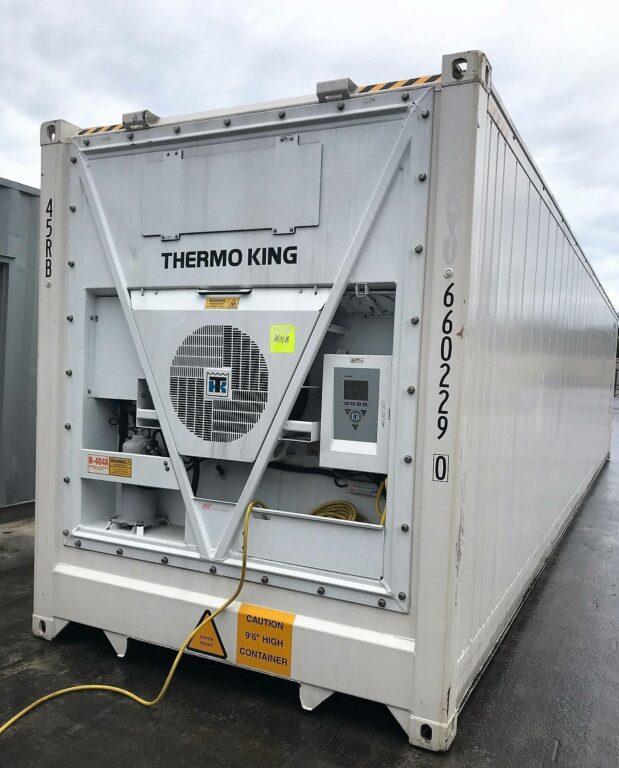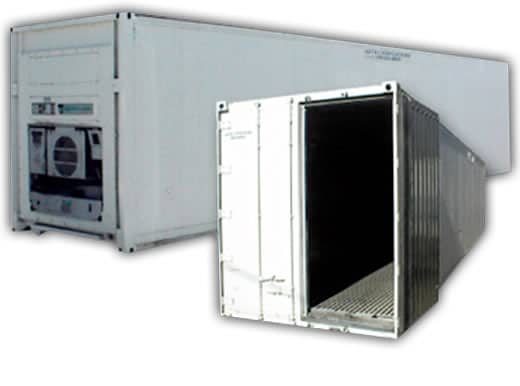
Which Shipping Container is Right for You?
If you’re looking to ship or store something that needs to be kept cold, you’re going to have to decide between an insulated shipping container or a refrigerated container. Both have their own advantages and disadvantages, and you will find that there’s no one-size-fits-all solution for shipping and storage. You’re going to have to take a look at the problem you need to be solved, your means and resources, and how to get the most value for your budget.
When Refrigeration Is a Must
There will, of course, be instances where you don’t have much of a choice. If you’re shipping perishable goods over a long distance or storing them for extended periods, you’re going to have to invest in a refrigerated shipping container or a “reefer” as many call them in the shipping and storage game. If you’re hauling produce, for instance, an insulated container may get the job done for a short trip, but what if the shipment is delayed for any reason? You’ll rest a little easier knowing that you have a little flexibility in shipping time.
Insulation can keep contents down to 13F or -25C, or up to 77F, or 25C. With refrigeration, these temperatures can be brought down below zero.
In fact, most insulated shipping containers for sale are actually decommissioned reefers. Once the refrigeration unit goes out, many owners will simply remove the unit and convert it to a standard insulated unit.
Keeping The Lights On
Something to consider with a refrigerated shipping container: It will need a power source. You’re going to need a three-phase power supply to keep it running, and most residential homes simply aren’t equipped for that. But, if you are using the container for storage, and you can handle the power supply, you should have no problems. And of course, you can chill your product at the source to keep it cool on the way to its destination. A 40-foot shipping container, or even a 20-foot shipping container, takes a lot of power to chill, but if it’s not being used for long-term storage, it doesn’t need to be kept running 24 hours a day.
This should hint at the next big point we’re going to cover.
Cutting Costs and Keeping It Simple
The price in purchasing a refrigerated container vs an insulated container isn’t enormous or anything, but a refrigerated container does require a power supply and fairly regular maintenance. If you absolutely need a refrigerated shipping container for any reason, then there’s simply no getting around that, but if you have the option it may be wiser to strategize around insulated containers.
Standard insulated containers are a little easier to customize if you’re planning on using your container as a mobile workspace or otherwise building a dwelling with it, in which case, it might be wiser to choose a simple insulated 20-foot or 40-foot container no matter your budget.
Making Your Choice
The choice may be fairly simple: If you need refrigeration, you need refrigeration. Insulated containers can keep produce or medical supplies cold for a while, but for extended storage, it might not always be enough. If you’re going to use insulated containers, it’s important to strategize your shipping and storage plans. It will keep for a while, but not indefinitely, so you can’t expect to leave perishable goods sitting in storage for weeks. In other words, if you’re shipping with insulated containers, ship fast, and don’t take on more products than you can move.
It all comes down to the specific needs of your business or your project. That’s true of every shipping container based solution. If you want to make sure that you’re getting the right container, you’ll want to get in touch for a quote and see what a shipping container company can do for you.





